Why LED Light Flickering Occurs and How to Fix It: A Comprehensive Guide
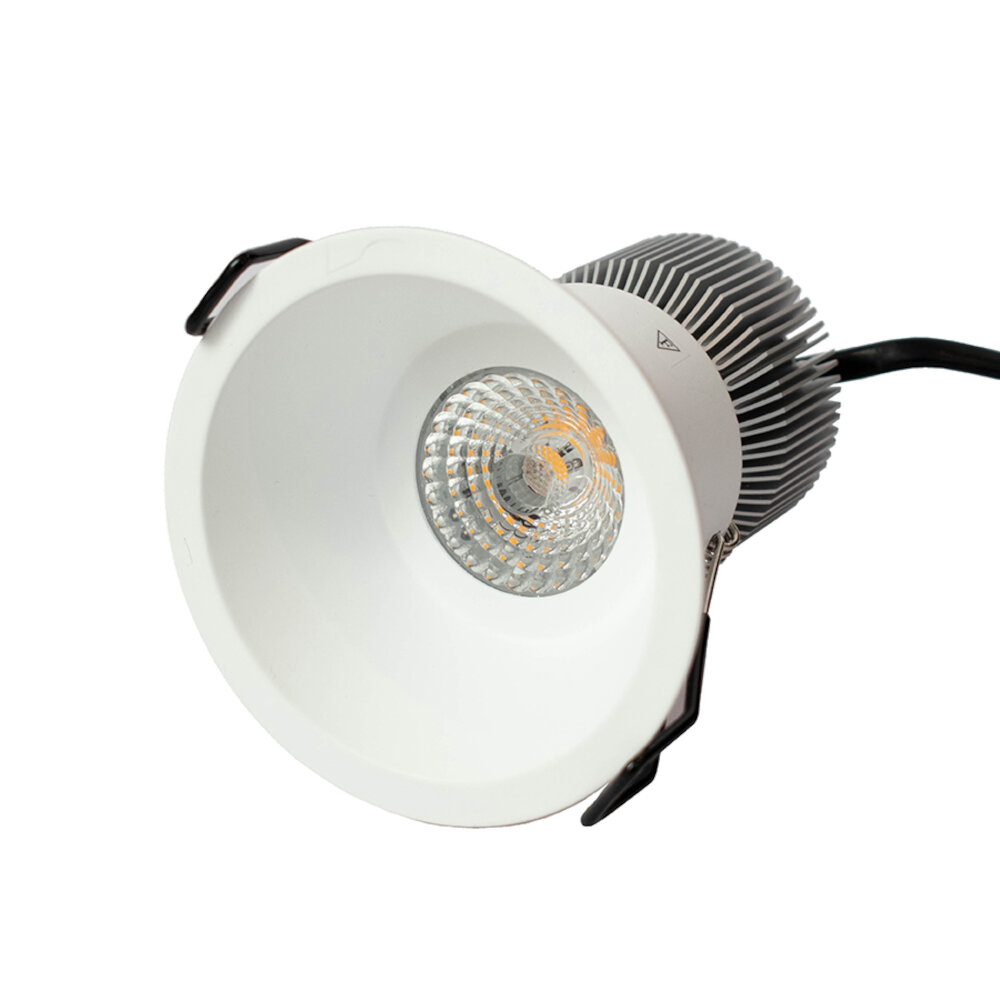
LED lights have gained immense popularity in recent times due to their energy efficiency and long-lasting nature. However, one of the most common issues faced by LED light users is the flickering of lights. This can be a frustrating problem, as it not only affects the aesthetics of the lighting but also causes eye strain and headaches in some individuals. Understanding why LED light flickering occurs and how to fix it can help you maintain the longevity and quality of your LED lights. LED light flickering can occur due to various reasons, including voltage fluctuations, incompatible dimmer switches, and poor quality LED products. It is essential to identify the root cause of the flicker to take the necessary steps to fix it. This comprehensive guide will provide you with a thorough understanding of the different factors that contribute to LED light flickering and offer practical solutions to resolve the issue. Whether you are a homeowner, a business owner, or an electrician, this guide will equip you with the knowledge and tools necessary to tackle LED light flickering effectively.
LED stands for Light Emitting Diodes, which are semiconductor devices that produce light when an electrical current is passed through them. These lights have become increasingly popular in modern lighting due to their energy efficiency, long lifespan, and versatility. LED lights use up to 80% less energy than traditional incandescent bulbs, which means they are more environmentally friendly and cost-effective. Additionally, they last up to 25 times longer than traditional bulbs, making them a more practical choice for both residential and commercial use. Their versatility is due to the fact that they come in a variety of colors, shapes, and sizes, and can be used for a range of applications, from lighting up a room to illuminating a car’s dashboard. As a result, LED lights are quickly becoming the go-to lighting option for consumers and businesses alike.
Flickering in LED lights is a common issue that can be caused by a variety of factors, ranging from power supply fluctuations to outdated dimmer switches. When an LED light flickers, it can be incredibly frustrating and even cause headaches or eye strain for some people. Additionally, flickering can reduce the lifespan of the bulb and make it difficult to achieve consistent lighting in a space. Fortunately, there are a number of solutions available to address this problem, such as upgrading to a high-quality LED driver, replacing outdated dimmer switches, or simply adjusting the settings on your existing equipment. By taking the time to identify the root cause of your flickering issue and implementing the appropriate fix, you can enjoy stable, reliable lighting in your home or office.
Understanding LED Light Flickering
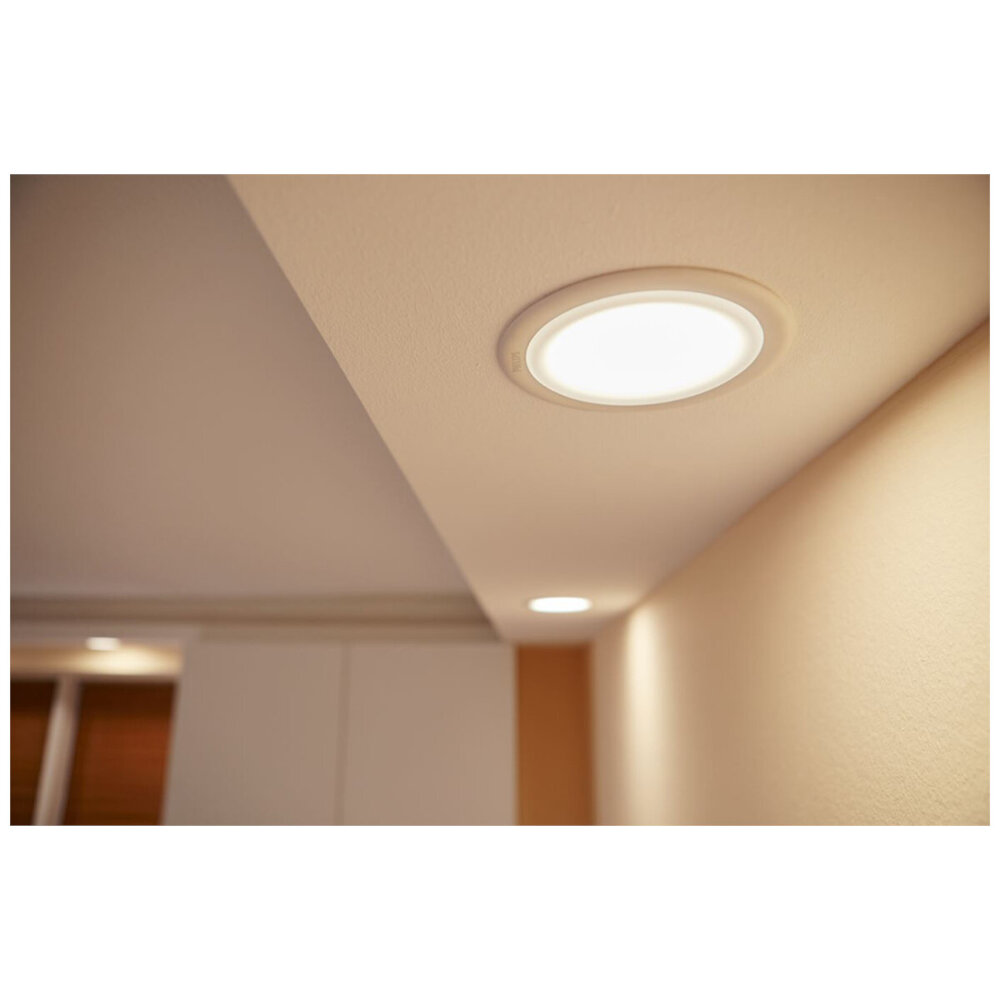
LED light flickering is a common issue that can be frustrating and disruptive to the environment. It is important to understand the cause of this problem in order to prevent it from happening in the future. Flickering can occur due to a variety of reasons such as voltage fluctuations, incompatible dimmer switches, or incompatible bulbs. One of the most common reasons for flickering is voltage fluctuations in the electrical system. This can happen due to many reasons such as loose connections, faulty wiring, or an overloaded circuit. It is important to have a licensed electrician inspect the system to identify and fix the issue. Another common cause of LED light flickering is the use of incompatible dimmer switches. Not all LED bulbs are compatible with all types of dimmer switches. It is important to check the compatibility before installing the LED bulbs. Incompatible bulbs can cause flickering, buzzing, or even damage to the bulb. If the dimmer switch is incompatible, it is important to replace it with one that is designed for use with LED bulbs. This will prevent flickering and ensure that the lighting system works properly.
LED light flickering can be caused by various factors, including voltage fluctuations, incompatible dimmer switches, and overheating. Voltage fluctuations can happen due to electrical issues, such as overloaded circuits or faulty wiring, which can cause the voltage to fluctuate and result in flickering. Incompatible dimmer switches can also cause flickering, as not all dimmer switches are compatible with LED lights. Overheating can occur when LED lights are installed in enclosed fixtures, causing the heat to build up and flickering to occur. Identifying the cause of LED light flickering is important for ensuring the longevity of the lights and preventing potential safety hazards.
Flickering is a common problem with LED lights that can have significant impacts on their lifespan and performance. When LED lights flicker, it can cause the diodes to operate at varying levels of voltage, which can lead to uneven wear and tear on the components. This uneven wear can cause the LED lights to fail prematurely, reducing their lifespan and requiring costly replacements. In addition to the impact on lifespan, flickering can also cause LED lights to produce uneven and inconsistent lighting, which can be distracting and frustrating for users. To address these issues, it is important to identify the root cause of the flickering and take appropriate steps to fix it.
How to Fix LED Light Flickering
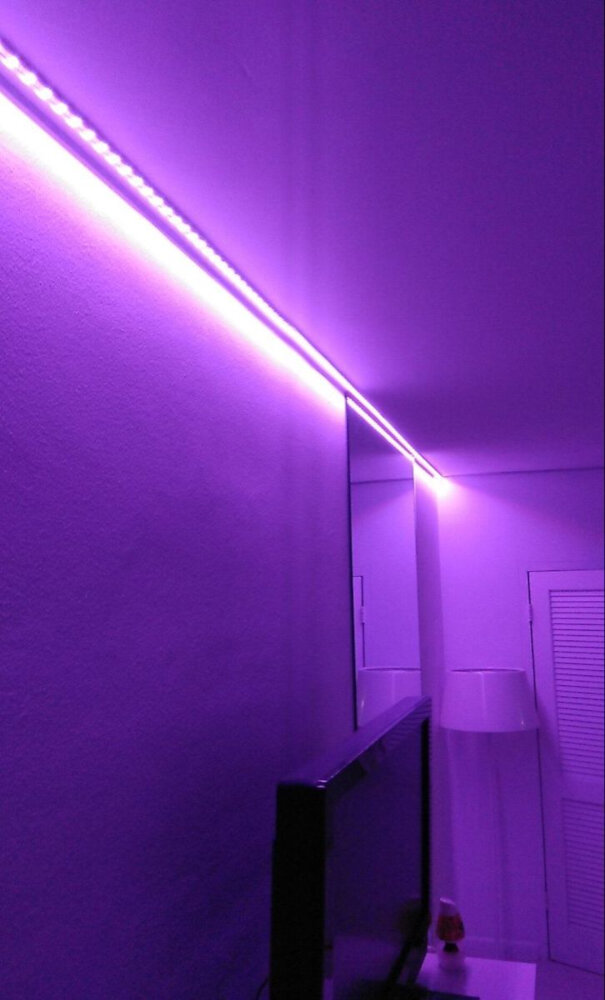
LED lights have become a popular choice for homeowners due to their efficiency, long lifespan, and low heat emission. However, LED light flickering can be a frustrating issue that affects their performance. There are a few reasons why LED lights flicker, including voltage fluctuations, incompatible dimmer switches, and loose connections. It is essential to address this issue to ensure that the LED lights function properly and avoid any potential hazards. To fix LED light flickering, the first step is to identify the cause of the problem. If the flickering is caused by voltage fluctuations, it is recommended to install a voltage stabilizer or regulator. This device will help regulate the voltage and prevent any sudden changes that may cause the LED lights to flicker. If the issue is related to the dimmer switch, it is important to ensure that the switch is compatible with LED lights. Some dimmer switches are designed for traditional incandescent bulbs and may not work correctly with LED lights. In this case, replacing the switch with an LED-compatible dimmer switch will solve the issue. Finally, checking for loose connections is also crucial. Ensure that all connections are tight and secure to prevent any flickering caused by a loose connection. In conclusion, LED light flickering can be a frustrating issue for homeowners, but it can be easily fixed by identifying the cause of the problem and taking the appropriate steps to address it. Whether it is voltage fluctuations, incompatible dimmer switches, or loose connections, there are solutions available to ensure that the LED lights function correctly and efficiently. It is important to prioritize fixing any flickering issues to prevent any potential hazards and enjoy the benefits of LED lighting.
Flickering LED lights can be a nuisance, but fortunately, troubleshooting and fixing them is a relatively simple process. The first step is to check the wiring and connections to ensure that they are secure and properly grounded. If the wiring is in good condition, the next step is to check the dimmer switch, as it may not be compatible with LED lights. If the dimmer switch is the issue, replacing it with an LED-compatible dimmer can solve the problem. Another possible cause of flickering LED lights is voltage fluctuations, which can be fixed by installing a voltage stabilizer. Finally, if none of these solutions work, it may be necessary to replace the LED bulbs themselves with higher-quality ones. By following these step-by-step instructions, you can easily troubleshoot and fix flickering LED lights, ensuring that your lighting is both functional and aesthetically pleasing.
LED light flickering can be a frustrating issue that affects the overall illumination quality and can even cause headaches or eye strain. But, there are practical solutions to fix it. For instance, using a voltage stabilizer can help regulate the voltage fluctuations that cause flickering. Additionally, replacing incompatible dimmer switches with LED-compatible ones can prevent flickering. Proper ventilation of LED bulbs can also mitigate the problem by reducing the temperature buildup that can cause flickering. By implementing these practical solutions, LED light flickering can be resolved, ensuring a steady and pleasant lighting experience.
Preventing LED Light Flickering
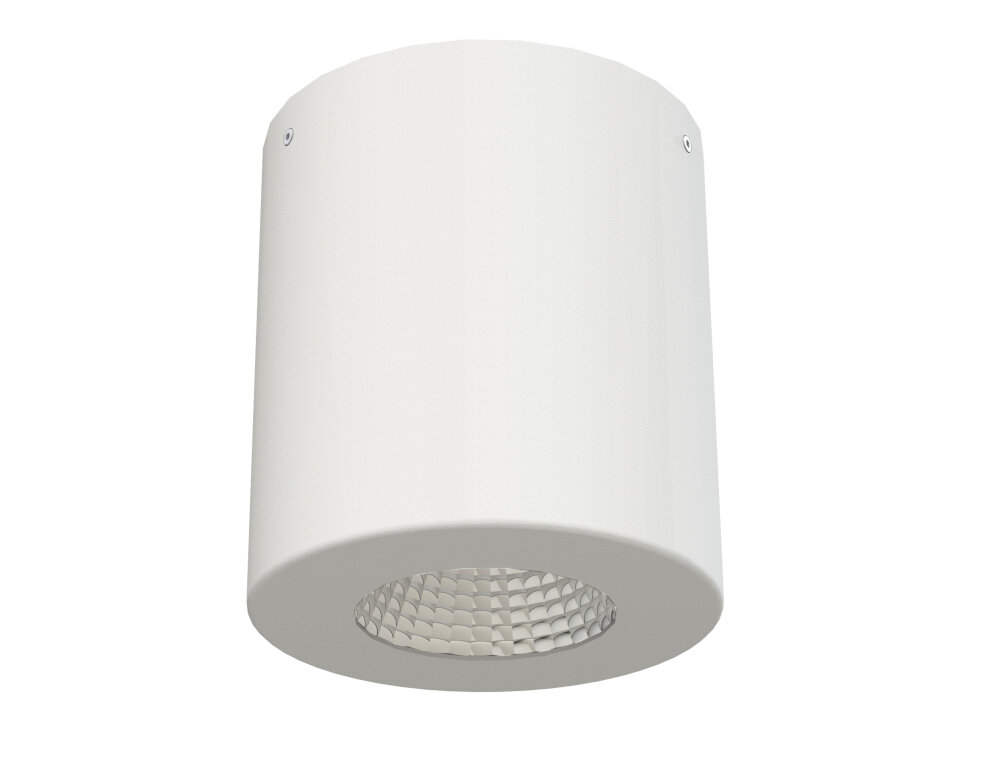
LED light flickering can be a frustrating issue for many homeowners, as it not only affects the aesthetics of the space but can also cause discomfort and health problems such as headaches and eye strain. Flickering can occur due to various reasons, including poor electrical connection, incompatible dimmer switches, and faulty LED drivers. However, with some simple steps, it is possible to prevent LED light flickering and enjoy a consistent and comfortable lighting experience. One of the most effective ways to prevent LED light flickering is to choose high-quality LED bulbs and fixtures from reputable brands. Cheaper LED bulbs may not contain the necessary components to regulate voltage, leading to inconsistent power supply and flickering. Additionally, it is crucial to ensure that LED bulbs are compatible with the existing dimmer switches or replace them with LED-compatible dimmer switches. Incompatible switches can cause flickering or even damage the LED bulbs. Lastly, regular maintenance and inspection of electrical connections and LED drivers can help prevent flickering due to faulty components. By taking these preventative measures, homeowners can enjoy a flicker-free and comfortable lighting experience.
LED lights have become a popular choice for many homeowners, thanks to their energy efficiency and long-lasting durability. However, flickering can be a common issue that can cause discomfort and even headaches. To prevent flickering in LED lights, it is essential to invest in high-quality LED bulbs that are designed to work with your fixtures. Using compatible dimmer switches is also crucial, as some LED bulbs may not be compatible with certain types of dimmers. Additionally, avoiding overloading circuits can help prevent flickering by ensuring that your electrical system can handle the load of your LED lights without overloading. By following these tips, you can enjoy the benefits of LED lighting without the annoyance of flickering.
The article titled \Why LED Light Flickering Occurs and How to Fix It: A Comprehensive Guide\ provides a detailed explanation of the causes of LED light flickering and effective ways to address this issue. The author first explains that flickering can be caused by a variety of factors, including poor wiring, insufficient voltage, and incompatible dimmer switches. To fix these issues, the article provides a range of solutions, including rewiring, replacing dimmer switches, and installing voltage stabilizers. Additionally, the author emphasizes the importance of seeking the help of a professional electrician if necessary. Overall, the article provides a thorough guide for anyone experiencing LED light flickering and offers practical solutions to address this problem.
Addressing flickering in LED lights is of paramount importance for optimal performance and longevity. Flickering not only causes visual discomfort and distraction but can also lead to significant health risks such as headaches, eyestrain, and even epilepsy in sensitive individuals. Moreover, frequent flickering can reduce the lifespan of LED lights and affect their efficiency, resulting in higher energy bills and maintenance costs. Therefore, it is crucial to identify the root cause of flickering, whether it’s due to poor quality bulbs, faulty wiring, or incompatible dimmer switches, and take appropriate measures to fix it promptly. By doing so, you can ensure that your LED lights operate smoothly and efficiently, providing you with a comfortable and safe lighting environment while saving you money in the long run.
Conclusion
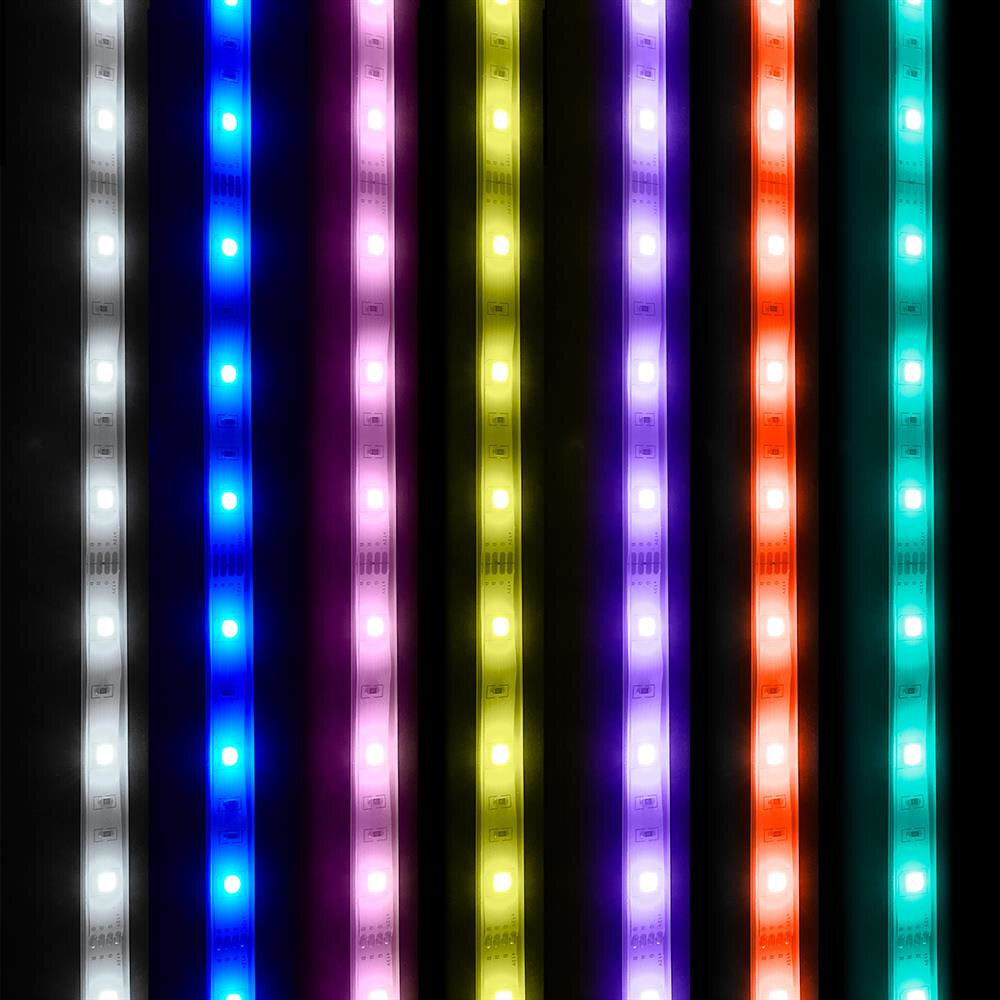
In conclusion, LED light flickering can be caused by various factors such as incompatible dimmer switches, faulty wiring, and low-quality bulbs. It can be a frustrating issue that can affect the overall ambiance of your home or workplace. However, by understanding the root cause and implementing the appropriate solutions, you can easily fix the problem and enjoy uninterrupted lighting. Some of the solutions include replacing the dimmer switch, upgrading the wiring, and using high-quality LED bulbs. It’s important to note that if the issue persists, it’s best to seek the services of a professional electrician. With the right approach, you can eliminate LED light flickering and create a welcoming and comfortable environment for your family or customers.




